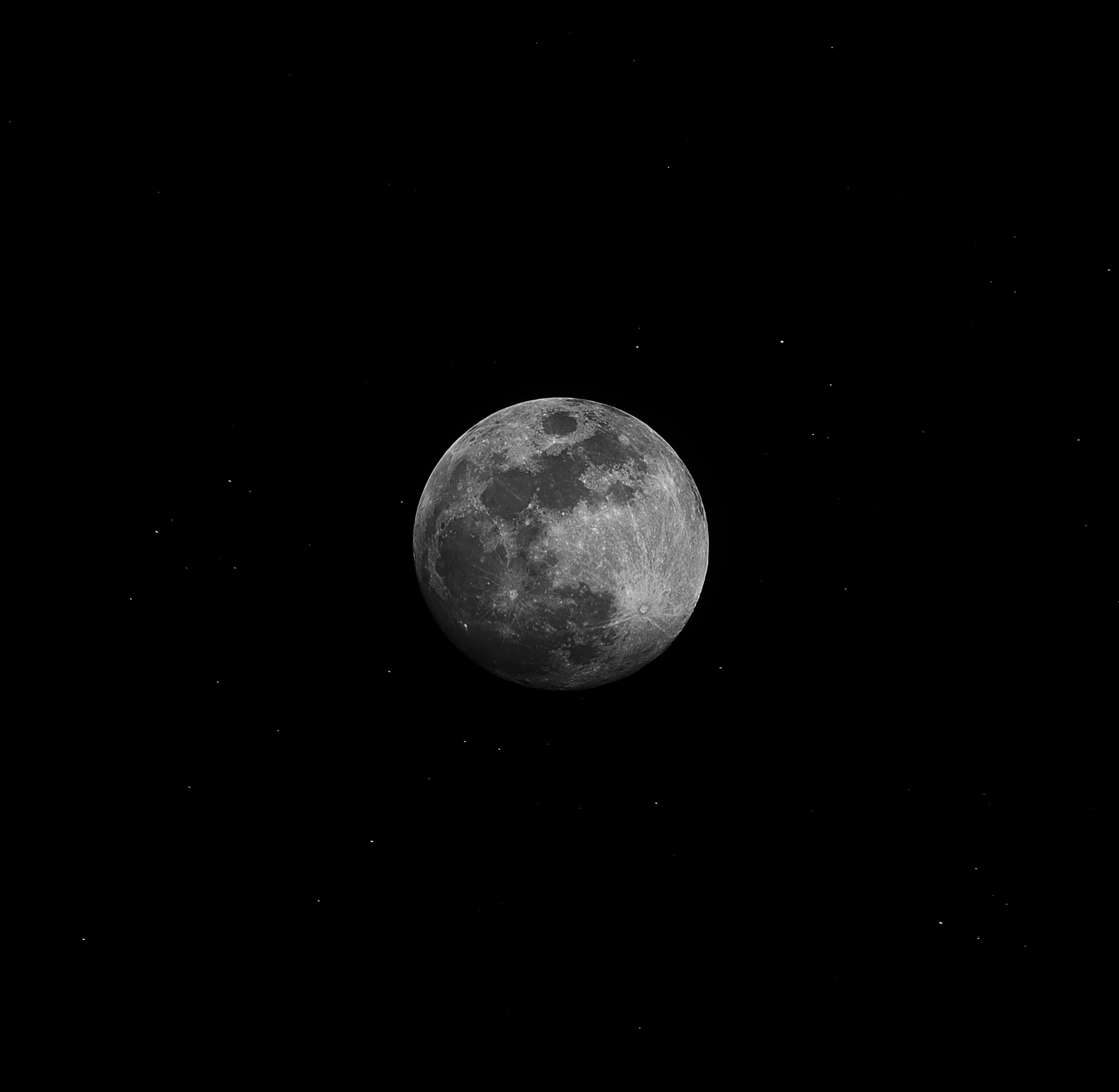Why is There a Huge Ring Around the Moon?
Have you ever looked up at the night sky and noticed a magnificent ring encircling the moon? This captivating phenomenon, often referred to as a lunar halo, has intrigued and awed stargazers throughout the ages. But what exactly causes this celestial spectacle? In this blog post, we will explore the science behind lunar halos and unravel the mystery behind their formation.
The Science of Lunar Halos
Before delving into the details, let’s first understand the basic concept of a lunar halo. Essentially, a lunar halo is an optical phenomenon that occurs when moonlight interacts with ice crystals suspended in the Earth’s atmosphere. These ice crystals act as tiny prisms, bending and refracting light to create a ring of colors around the moon.
The size and appearance of the halo can vary, but it typically has a radius of about 22 degrees. This means it extends about 22 degrees from the moon in all directions, forming a circular ring. The halo itself is made up of a series of concentric circles, each displaying different colors.
The Role of Ice Crystals
Now that we understand the basics, let’s explore how the presence of ice crystals leads to the formation of a lunar halo. These ice crystals are typically found high up in the Earth’s atmosphere, in cirrus clouds or the upper troposphere. These clouds are made up of tiny ice particles ranging in size from a few micrometers to several millimeters.
When moonlight reaches these ice crystals, it undergoes a process called refraction. Refraction occurs when light waves pass through a medium, such as ice, and change direction. The angle at which light refracts depends on the wavelength of the light and the properties of the medium it encounters.
In the case of lunar halos, the ice crystals act as prisms. Each individual ice crystal refracts the incoming light, bending it at a specific angle. As the light passes through multiple ice crystals, it is refracted and reflected multiple times, resulting in the formation of the halo.
The Formation of Halos and Their Appearance
Various factors determine the size and appearance of lunar halos. One important factor is the size and shape of the ice crystals. These crystals come in different forms, including columns, plates, and bullet shapes, each affecting the way they refract light.
For example, hexagonal ice crystals, which are often found in cirrus clouds, can create distinct halo patterns. These patterns include a 22-degree halo, a 46-degree halo, and sometimes even a rare 9-degree halo. The 22-degree halo is the most common and is responsible for the primary ring encircling the moon.
The colors within the halo are a result of the dispersion of light. As sunlight passes through the ice crystals, it is split into its component colors due to differences in the refractive index for each wavelength. This effect is similar to the way a prism separates white light into its rainbow colors.
The outer edge of the halo usually exhibits reddish colors, while the inner edge appears bluish. The order of colors, from the inside to the outside, follows the sequence of red, orange, yellow, green, blue, indigo, and violet. However, these colors may not always be vividly visible, and their intensity can vary depending on atmospheric conditions such as humidity and particle size.
Other Optical Phenomena Associated with Lunar Halos
Lunar halos are often accompanied by other intriguing optical phenomena, further enhancing the spectacle in the night sky. Here are a few notable examples:
1. Moon Dogs or Parhelia:
Moon dogs, scientifically known as parhelia, are bright spots of light that appear on either side of the moon, forming a triangle with the moon at its apex. These spots are caused by the refraction and reflection of light in the ice crystals associated with lunar halos. Moon dogs are sometimes referred to as “mock suns” due to their similarity in appearance to the sun.
2. Lunar Pillars:
Lunar pillars are vertical columns of light that extend above or below the moon. These pillars, which are often seen in conjunction with a lunar halo, occur when moonlight is reflected off ice crystals or other particles in the atmosphere. The light is scattered in a way that creates the illusion of a vertical beam emanating from the moon.
3. Lunar Corona:
A lunar corona appears as a series of small, concentric rings around the moon. Unlike lunar halos, which are caused by ice crystals, coronas are formed by the diffraction and interference of light passing through water droplets or smaller ice crystals. The rings of a corona are usually much smaller and possess softer, more pastel colors compared to the vibrant hues of a lunar halo.
Conclusion
Observing a lunar halo is a mesmerizing experience that gives us a glimpse into the intricate workings of our atmosphere and the interaction between light and ice crystals. From the bending of moonlight to the dispersion of colors, each aspect of this celestial phenomenon involves a delicate dance of natural forces. So, the next time you look up at the night sky and see a huge ring around the moon, take a moment to appreciate the beauty and science behind this captivating occurrence.
Table of Contents
